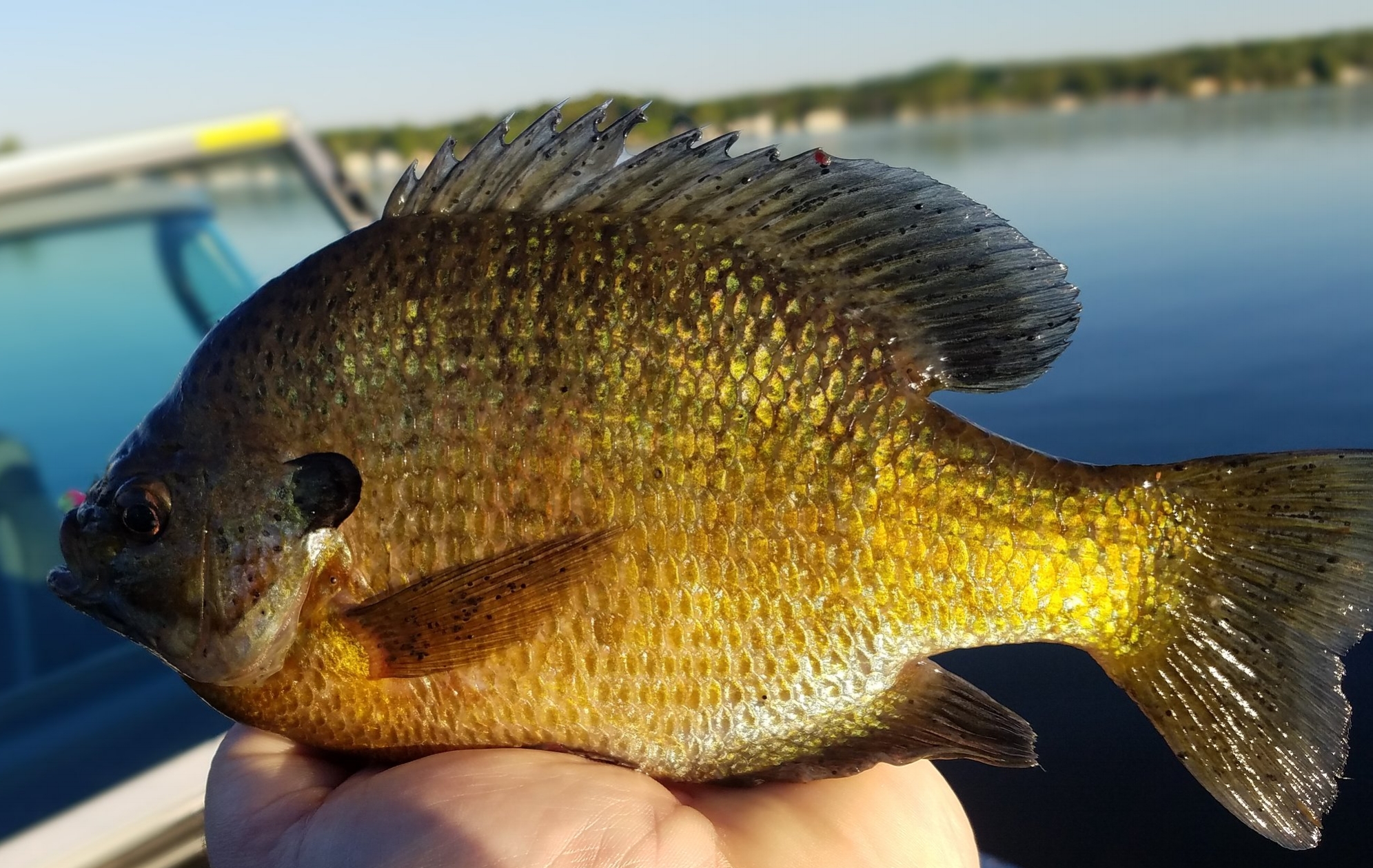Nate H. asks:
I just bought a few walleye rods/reels for leadcore, how should I spool them up?
Pulling leadcore is really painless as long as you get the rigging right from the start. For that reason, I recommend buying your leadcore setups in pairs, with the same reels that will hold the same amount of line. Linecounter values differ depending on how full the spools are, so it's best to do two in tandem.
Backing of some sort is usually preferred, should you get snagged or hook into a big fish, you'll have some extra line on the spool to handle it. I like to use high-visibility Sufix Elite in 17-20# test to fill up bigger leadcore spools. The problem is knowing how much to put on!
A little trick I learned a few years ago was to start with two empty baitcasting line-counter reels, and start spooling up the first one BACKWARDS. Crank on the number of colors of leadcore you're going to run (I recommend a full-core, or 10-colors) if you're trying this for the first time, then attach your backing line via a braid-to-mono knot like the Uni-to-Uni or Albright Special. Then crank on as much backing as is necessary to fill the reel about 1/8" from the lip of the spool.
Now, take your other empty reel, ZERO-OUT THE LINECOUNTER, and tie the tag end of the backing from the full-reel onto the empty one. Begin cranking line onto the empty reel until you reach the leadcore. Note the line-counter value at the knot where your backing meets your leadcore, and you've got the amount of backing to put on the next reel before tying on your leadcore to that spool. This reverse spooling technique ensures the same amount of backing on each spool, and that you can compare line-counter values when referring to what distance (and resultant depth) the fish are preferring.
If you're really intimidated by this step, don't be afraid to let store associates from any reputable tackle shop or big-box do this part for you. Don't let it scare you away from running leadcore, as it's a really valuable technique from now heading into the mid-late summer.
Joel









